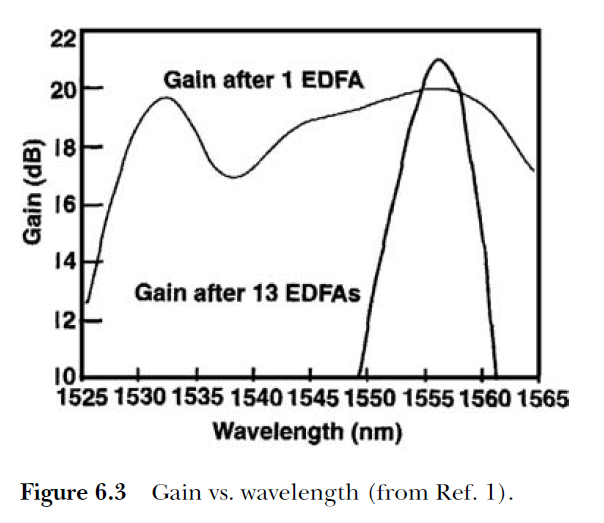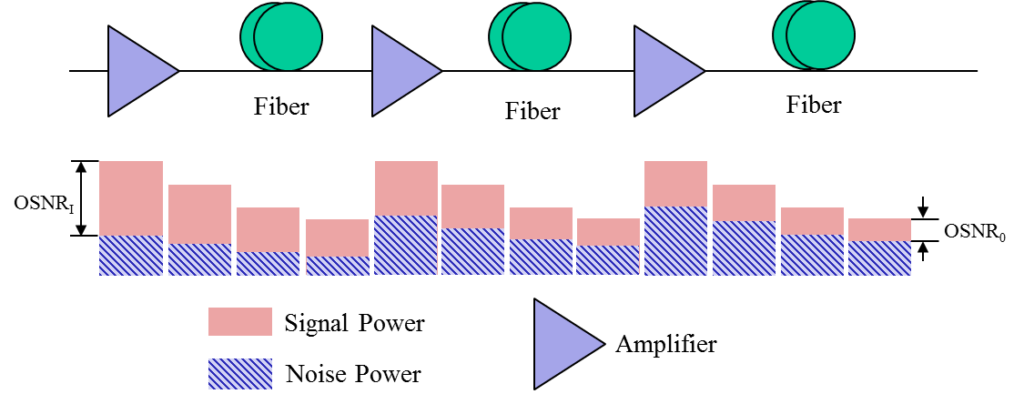When working with amplifiers, grasping the concept of noise figure is essential. This article aims to elucidate noise figure, its significance, methods for its measurement and reduction in amplifier designs. Additionally, we’ll provide the correct formula for calculating noise figure and an illustrative example.
Table of Contents
- What is Noise Figure in Amplifiers?
- Why is Noise Figure Important in Amplifiers?
- How to Measure Noise Figure in Amplifiers
- Factors Affecting Noise Figure in Amplifiers
- How to Reduce Noise Figure in Amplifier Design
- Formula for Calculating Noise Figure
- Example of Calculating Noise Figure
- Conclusion
- FAQs
What is Noise Figure in Amplifiers?
Noise figure quantifies the additional noise an amplifier introduces to a signal, expressed as the ratio between the signal-to-noise ratio (SNR) at the amplifier’s input and output, both measured in decibels (dB). It’s a pivotal parameter in amplifier design and selection.
Why is Noise Figure Important in Amplifiers?
In applications where SNR is critical, such as communication systems, maintaining a low noise figure is paramount to prevent signal degradation over long distances. Optimizing the noise figure in amplifier design enhances amplifier performance for specific applications.
How to Measure Noise Figure in Amplifiers
Noise figure measurement requires specialized tools like a noise figure meter, which outputs a known noise signal to measure the SNR at both the amplifier’s input and output. This allows for accurate determination of the noise added by the amplifier.
Factors Affecting Noise Figure in Amplifiers
Various factors influence amplifier noise figure, including the amplifier type, operation frequency (higher frequencies typically increase noise figure), and operating temperature (with higher temperatures usually raising the noise figure).
How to Reduce Noise Figure in Amplifier Design
Reducing noise figure can be achieved by incorporating a low-noise amplifier (LNA) at the input stage, applying negative feedback (which may lower gain), employing a balanced or differential amplifier, and minimizing amplifier temperature.
Formula for Calculating Noise Figure
The correct formula for calculating the noise figure is:
NF(dB) = SNRin (dB) −SNRout (dB)
Where NF is the noise figure in dB, SNR_in is the input signal-to-noise ratio, and SNR_out is the output signal-to-noise ratio.
Example of Calculating Noise Figure
Consider an amplifier with an input SNR of 20 dB and an output SNR of 15 dB. The noise figure is calculated as:
NF= 20 dB−15 dB =5dB
Thus, the amplifier’s noise figure is 5 dB.
Conclusion
Noise figure is an indispensable factor in amplifier design, affecting signal quality and performance. By understanding and managing noise figure, amplifiers can be optimized for specific applications, ensuring minimal signal degradation over distances. Employing strategies like using LNAs and negative feedback can effectively minimize noise figure.
FAQs
- What’s the difference between noise figure and noise temperature?
- Noise figure measures the noise added by an amplifier, while noise temperature represents the noise’s equivalent temperature.
- Why is a low noise figure important in communication systems?
- A low noise figure ensures minimal signal degradation over long distances in communication systems.
- How is noise figure measured?
- Noise figure is measured using a noise figure meter, which assesses the SNR at the amplifier’s input and output.
- Can noise figure be negative?
- No, the noise figure is always greater than or equal to 0 dB.
- How can I reduce the noise figure in my amplifier design?
- Reducing the noise figure can involve using a low-noise amplifier, implementing negative feedback, employing a balanced or differential amplifier, and minimizing the amplifier’s operating temperature.






